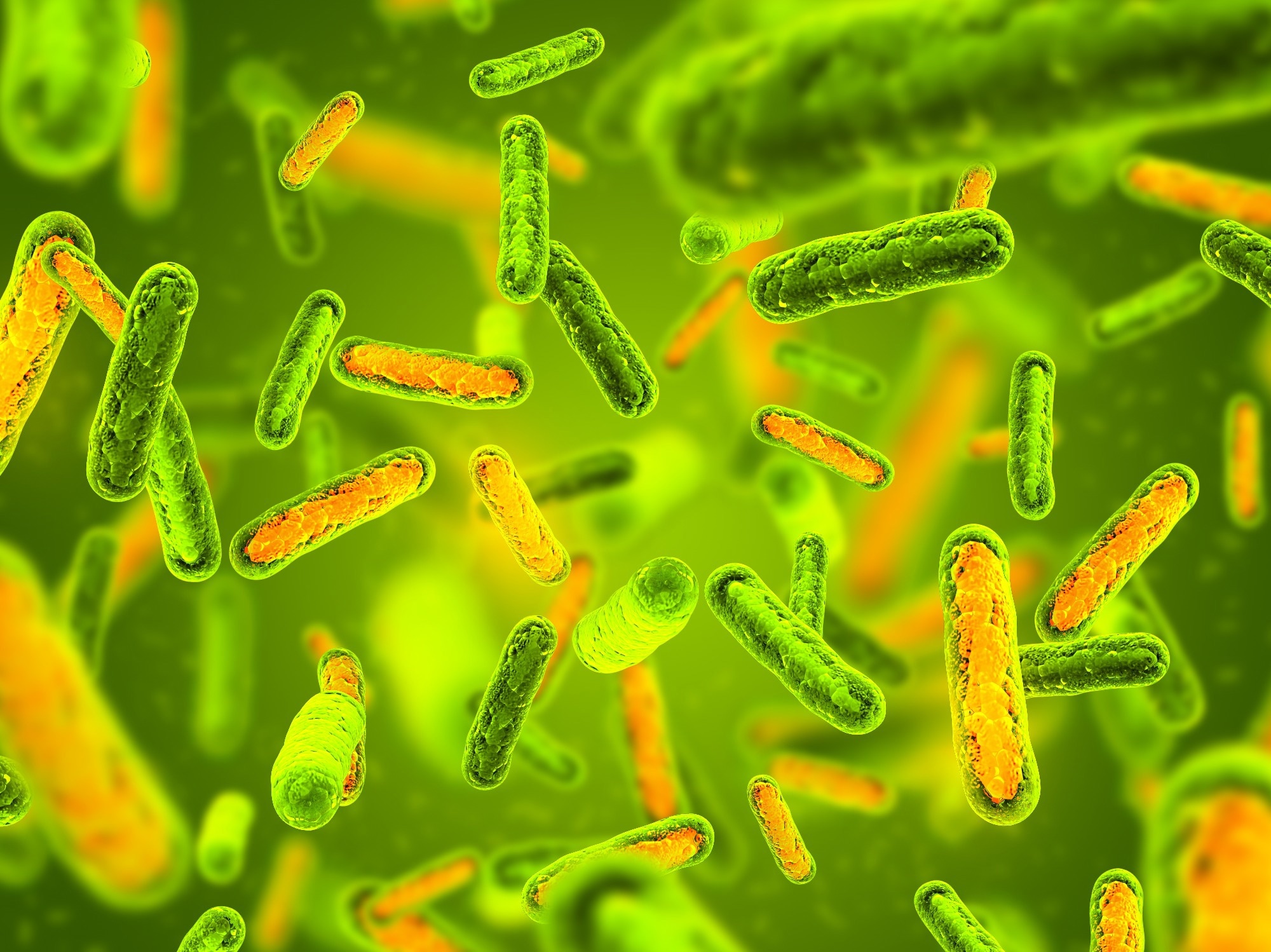In a recent study published in the journal Nature, researchers utilize a comprehensive multi-omics strategy in humans to assess the association between gut microbial carbohydrate metabolism and insulin resistance (IR). Furthermore, this study discovered links between fecal metabolites and metabolic syndrome (MetS), an IR-related illness.
 Study: Gut microbial carbohydrate metabolism contributes to insulin resistance. Image Credit: Andrii Vodolazhskyi / Shutterstock.com
Study: Gut microbial carbohydrate metabolism contributes to insulin resistance. Image Credit: Andrii Vodolazhskyi / Shutterstock.com
The gut microbiome and insulin resistance
The basic pathophysiology of type 2 diabetes and MetS is IR. Previous metagenomic investigations have detailed the features of gut microbes and their functions in IR-related food metabolism.
More specifically, commensal carbohydrate metabolism appears to contribute to the host's overall energy extraction and, as a result, is involved in the etiology of prediabetes and obesity. Nevertheless, the fundamental process remains unknown.
About the study
To investigate the role of the gut microbiota in IR, researchers integrated unbiased fecal metabolomes, metagenomes, and host transcriptomic data. The study comprised 306 individuals between the ages of 20 and 75 who enrolled in the study between 2014 and 2016 at the University of Tokyo Hospital during their regular yearly health visits.
In the normal, obese, and prediabetic categories, the researchers enrolled 112, 100, and 101 people, respectively. Physical examinations, laboratory testing, fecal samples for fecal 16S ribosomal ribonucleic acid (rRNA) pyrosequencing and metabolomic analysis, as well as blood sampling for serological metabolomic analyses, were performed for all participants.
Exclusion criteria included confirmed diabetes diagnosis, habitual use of diabetes or intestinal disease drugs, use of antibiotics within two weeks of sample collection, and loss of three kilograms of body weight in the three months preceding sample collection.
IR was determined using the homeostatic model assessment of IR (HOMA-IR) with scores of 2.5 or greater. To assess differences in gut microbial activities, fecal metabolites, and anticipated genes were classified as co-abundance groupings (CAGs) and the Kyoto Encyclopedia of Genes and Genomes (KEGG) categorizations, respectively.
The cap analysis of genetic expression (CAGE) approach was used to gather transcriptomic data from peripheral blood mononuclear cells (PBMCs), which can quantify genetic expression with transcription-initiation-site resolution. Area under the curve (AUC) values of the receiver operative curve (ROC) curves using the random-forest classifier system to investigate ways in which omics data from fecal samples might predict insulin resistance.
Fecal 16S ribosomal ribonucleic acid (RNA) sequencing, metagenome, metabolome, and their combined datasets were used to identify estimator variables for modeling using the maximum-relevance minimum-redundancy algorithm.
Throughout the correlation and regression studies with clinical indicators, significant confounding variables, including gender and age, were corrected. Gas chromatography-tandem mass spectrometry (GC-MS/MS) techniques were used to extract and quantify hydrophilic metabolites in fecal and serological samples.
Study findings
The median body mass index (BMI) and glycated hemoglobin (HbA1c) levels were 25 kg/m2 and 6%, respectively. Fecal carbohydrates, particularly host-accessible monosaccharides, were higher in insulin-resistant patients and were linked to microbial carbohydrate metabolism and host inflammatory cytokines.
Gut bacteria related to IR and insulin sensitivity exhibited a different pattern of carbohydrate metabolism. Moreover, insulin-sensitivity-associated bacteria improved host phenotypes of IR in a murine model.
An untargeted metabolomics study utilizing two MS-based analytical platforms showed 195 and 100 annotated fecal and serological hydrophilic metabolites, respectively, as well as 2,654 and 635 annotated fecal and serological lipid metabolites.
In predicting IR, the selected characteristics of fecal metabolomic data surpassed those of 16S and metagenomics. This observation indicates that fecal metabolomics may be helpful in investigating IR pathophysiology.
Among hydrophilic metabolites, most CAGs with significant correlations with IR were carbohydrate metabolites, mostly monosaccharides. IR was also associated with increased short-chain fatty acid (SCFA) levels.
Metabolites in the IR-related hydrophilic co-abundance groups were associated with carbohydrate metabolism, according to a KEGG pathway enrichment study. Galactose, fructose, xylose, and mannose were significantly linked with IR.
Bacteroidal species absorb a variety of carbohydrates, which fuels the synthesis of their fermentation products. In mice, A. indistinctus reduced IR and altered intestinal glucose metabolites, which correlates with the findings in the human cohort.
Conclusions
The study findings demonstrate that gut microbial carbohydrate metabolism is crucial in IR and, as a result, can be considered a primary pathophysiological mechanism underlying MetS and type 2 diabetes mellitus. Insulin-resistant individuals exhibit increased fecal carbohydrates, particularly host-accessible monosaccharides, which are linked to microbial carbohydrate metabolisms and pro-inflammatory cytokines.
Targeting gut microbial carbohydrate metabolism could be a potential therapeutic approach to ameliorate IR. Understanding the role of gut microbes in metabolizing carbohydrates could support the development of targeted interventions to manage IR and improve host IR phenotypes and metabolic well-being.
Journal reference:
- Takeuchi, T., Kubota, T., Nakanishi, Y. et al. (2023). Gut microbial carbohydrate metabolism contributes to insulin resistance. Nature (2023). doi:10.1038/s41586-023-06466-x